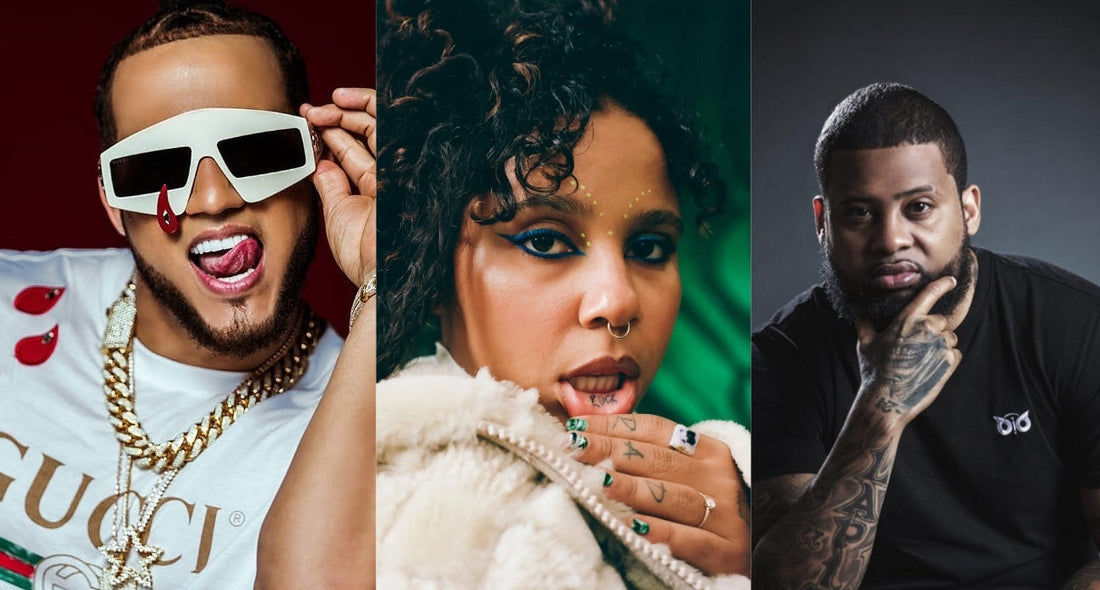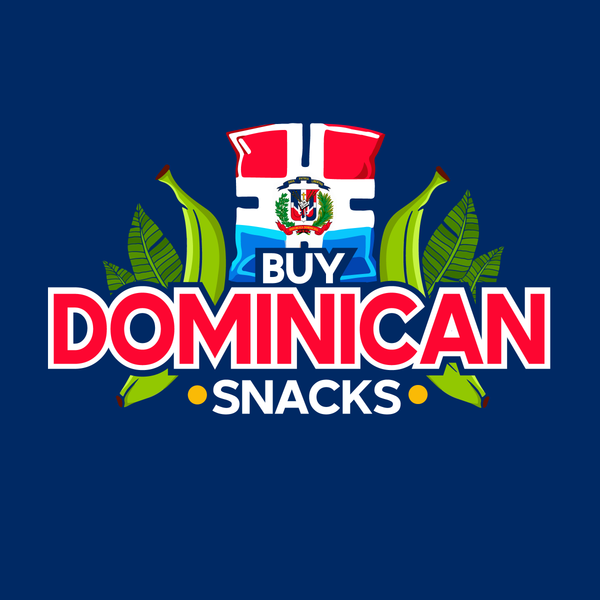
The Evolution of Urban Music in the Dominican Republic
Share
We’ve all danced at some point to the rhythm of dembow, reggaeton, or a catchy blend that just “got stuck,” as we say in good Dominican slang. But have you ever wondered where urban music comes from? How this genre has revolutionized the music scene, becoming one of the biggest inspirations in modern Latin music?
Although today urban music is a commercial phenomenon—with millions of streams on digital platforms and Dominican artists filling international stages—its roots are far removed from fame. This music was born as a form of rebellion, a voice from the barrio to express desires, lived experiences, social criticism, and everything that often went unsaid in mainstream media.

How Did Urban Music Make Its Way to the Dominican Republic?
The influence of urban music in the Dominican Republic began to emerge in the late 1980s and early 1990s, thanks to the arrival of hip hop and Spanish reggae from countries like Panama, Puerto Rico, and the United States. Dominicans—especially young people from urban neighborhoods—adapted these rhythms to fit their own social and cultural realities.
One of the most important factors was migration. Dominicans living in New York and other U.S. cities brought with them the sounds of rap, dancehall, and reggaeton, creating a cultural bridge that made it easier for these genres to take root on the island.
By the mid-1990s, the rhythm of dembow began to gain popularity thanks to DJs like DJ Boyo and DJ Plano, who blended reggaeton beats with local lyrics. Little by little, the first Dominican urban artists emerged, marking the beginning of a new musical era in the country.
The Early Dembow Tracks That Took Over in the DR
Among the pioneering tracks that gained popularity on the streets and radio stations are:
- “Ellos están contigo” by El Alfa and other early artists, which helped define the sound and style of Dominican dembow.
- “Capea el Dough”, a massive collaboration that brought together several urban artists and marked a turning point in the genre.
- Songs by artists like Toxic Crow, Lápiz Conciente, and Vakeró, who combined raw lyrics with urban beats and social awareness.

Dominican urban music has constantly engaged in dialogue with other genres and scenes. There have been major collaborations with Puerto Rican reggaeton artists like Daddy Yankee, Nicky Jam, and Bad Bunny, which have helped elevate dembow and other Dominican rhythms to a global stage.
From the Hood to the World
Today, artists like El Alfa, Rochy RD, Tokischa, Kiko El Crazy, and many others have taken Dominican urban music to international stages. They’ve participated in global festivals, signed with international record labels, and collaborated with renowned artists.
Dominican urban music remains a powerful cultural reference. It continues to evolve with each generation, adapting to new trends without losing its roots—the voice of those from the barrios who have something to say and plenty to celebrate.
